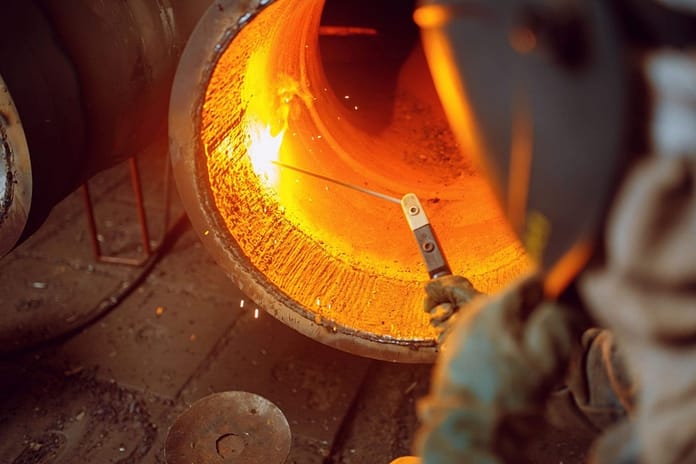Lost foam Casting
What sort of foam for lost foam casting?
The foam utilized in lost foam casting requires an extraordinary dab, and the kind of foam dot required for explicitly steel had extra prerequisites because of the cycle requests. The most well-known foam for lost foam is extended polystyrene (EPS) because of its minimal expense and inescapable accessibility.
What are the utilizations of lost foam casting?
Application: Lost foam casting is utilized for the most part for car applications. Project iron, aluminum composites, prepares, nickel and at times treated steel and copper compounds are projected in this cycle.
What is special about the lost foam casting process?
Among the benefits of lost foam casting are: Neither added substances, covers, nor centers are required. Scrap volumes are limited; the gear’s impression is little; energy and labor prerequisites, as well as insurance payments are decreased; just like the machining and completing necessities.
What is the distinction between lost wax and lost foam casting?
In the two cases, a conciliatory pattern is made. In lost wax casting, this is produced using a tooled form and in lost foam casting, it could be produced using a shape or cut from a strong block of foam material. An obstinate material is then applied to the pattern and left to dry.
Which casting process is costly?
Speculation casting has a greater expense related with it. Truth be told, it is more costly than Sand Casting, Extremely durable Form and the Mortar Casting process. When contrasted with different sorts of casting processes, speculation casting needs a more extended item process duration.
The utilization of foam patterns in metal casting initially started in 1958. While it isn’t so generally utilized as different cycles like reinforced sand, long-lasting mold or diecasting, lost foam casting gives benefits to casting multifaceted patterns utilizing accuracy forming instruments to absolutely pattern-less castings utilizing machined foam patterns that are not possible with different cycles. Investment casting manufacturer New Zealand
Casting limitations
Planning for other casting processes, for example, sand casting, has limitations. Since most casting strategies require reusable patterns that should be removed from the form preceding casting, the expulsion of the pattern from the shape should be thought about while arranging the pattern design. Conflictingly, utilizing foam patterns that stay in the shape during casting and are dissipated decreases a portion of these constraints.
In the lost foam casting cycle, polystyrene or co-polymer dabs are extended in an aluminum device and reinforced together to frame total patterns or segments that are gathered into a foam pattern. These pieces are then stuck together to shape an imitation of the last cast part to be made. This foam pattern with gear is then covered with a stubborn, put in a carafe, and encompassed in unbonded sand, and compacted. Liquid metal is poured onto the foam pattern, vanishing the foam and shaping the part.
Mass decrease
With lost foam gatherings, significant open doors for mass decrease, cast-in supplements and part joining are advertised. Further, metalcasters can project parts with complex shapes unbelievable in different cycles. For example, architects can make plans with practically no draft and seeing uniform wall thicknesses and magnificent surface completion on the final result is normal. Sand casting manufacturer New Zealand
Albeit the lost foam cycle might be more costly than other casting strategies, it prompts diminished costs over the long haul, as additional work in casting and machining processes is dispensed with, similar to the expense for tooling.
